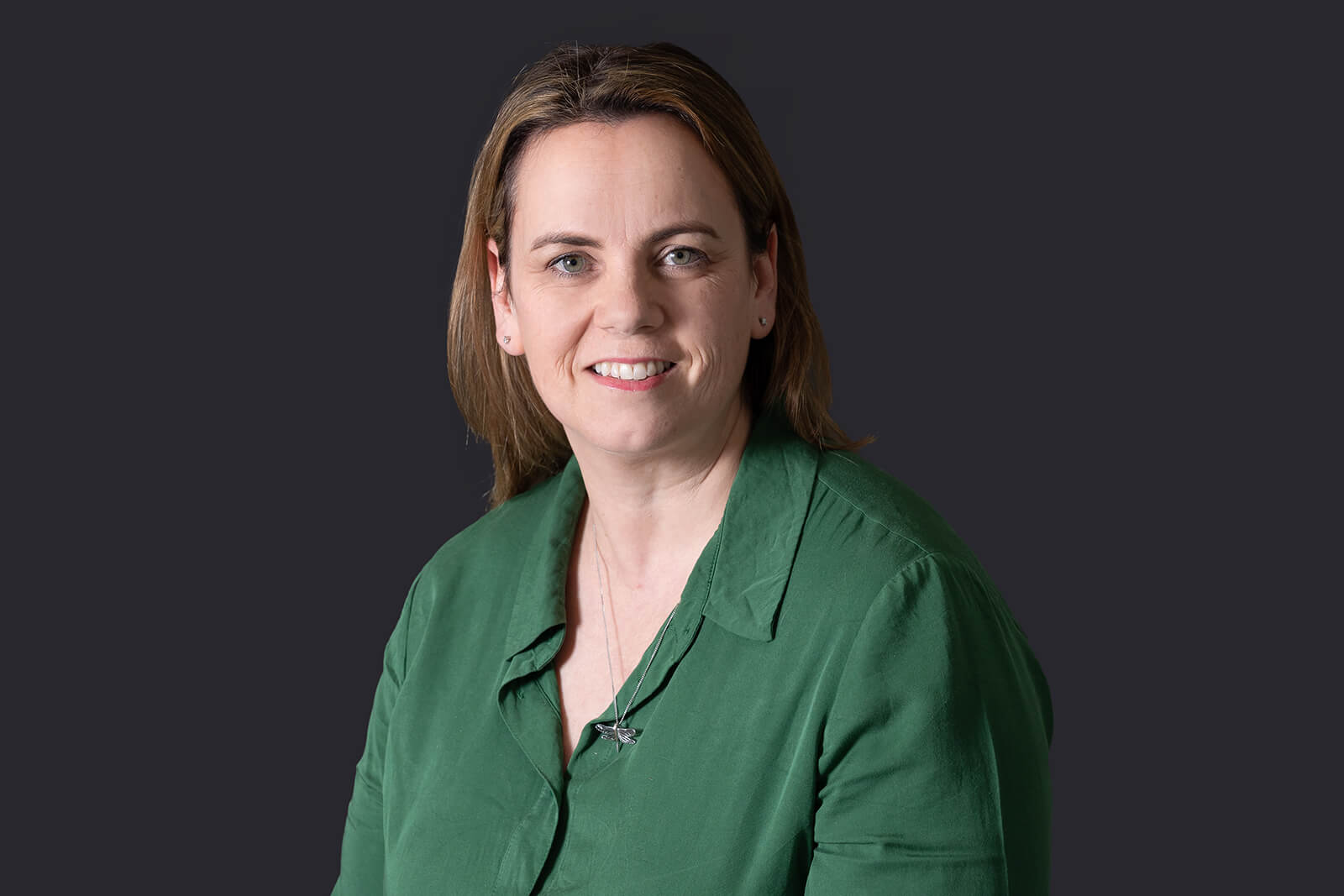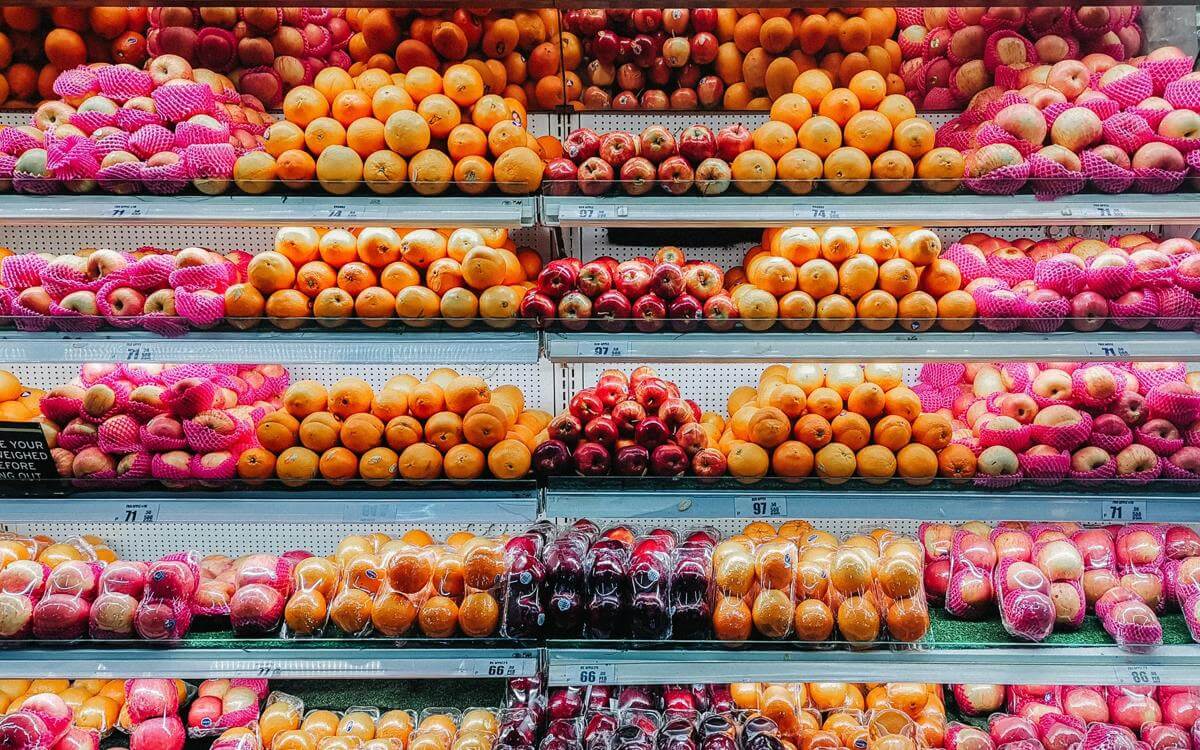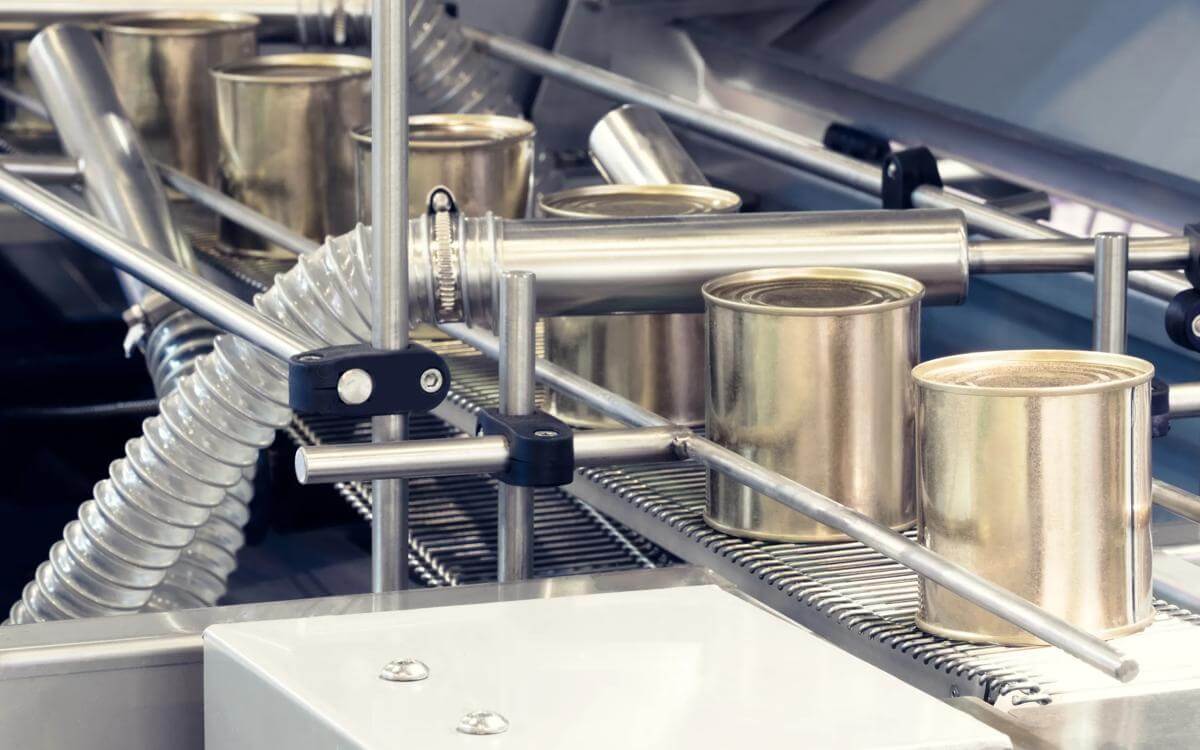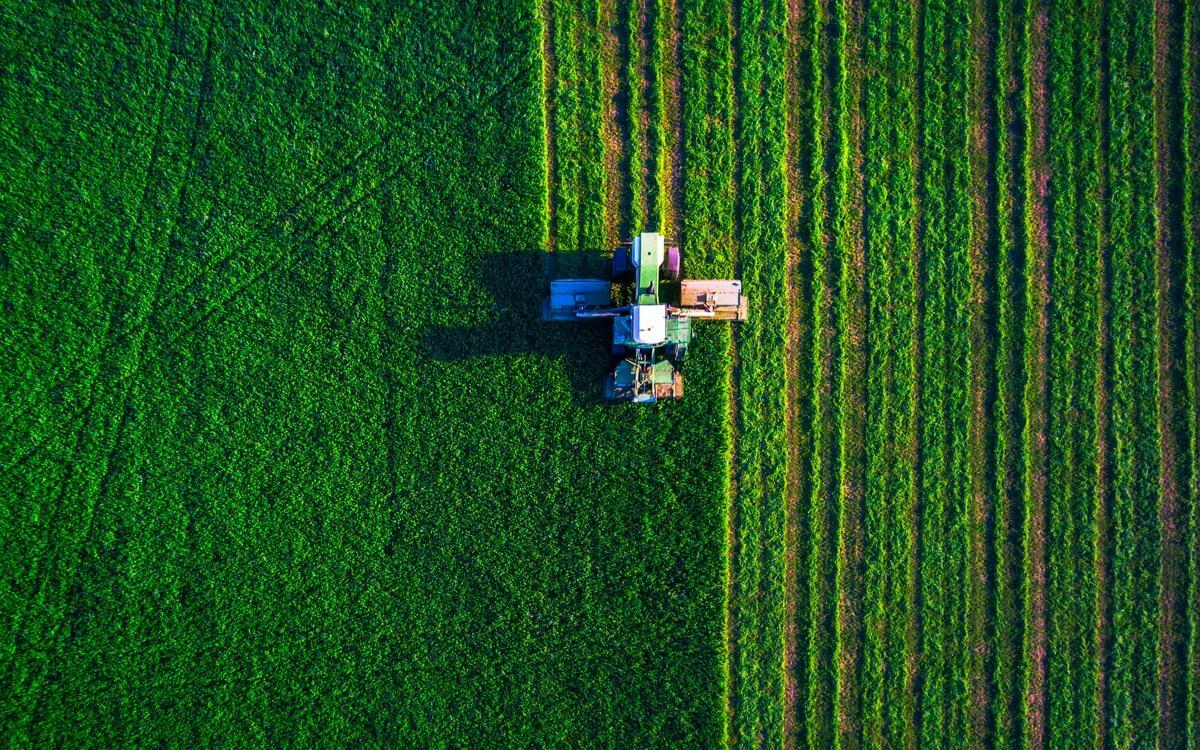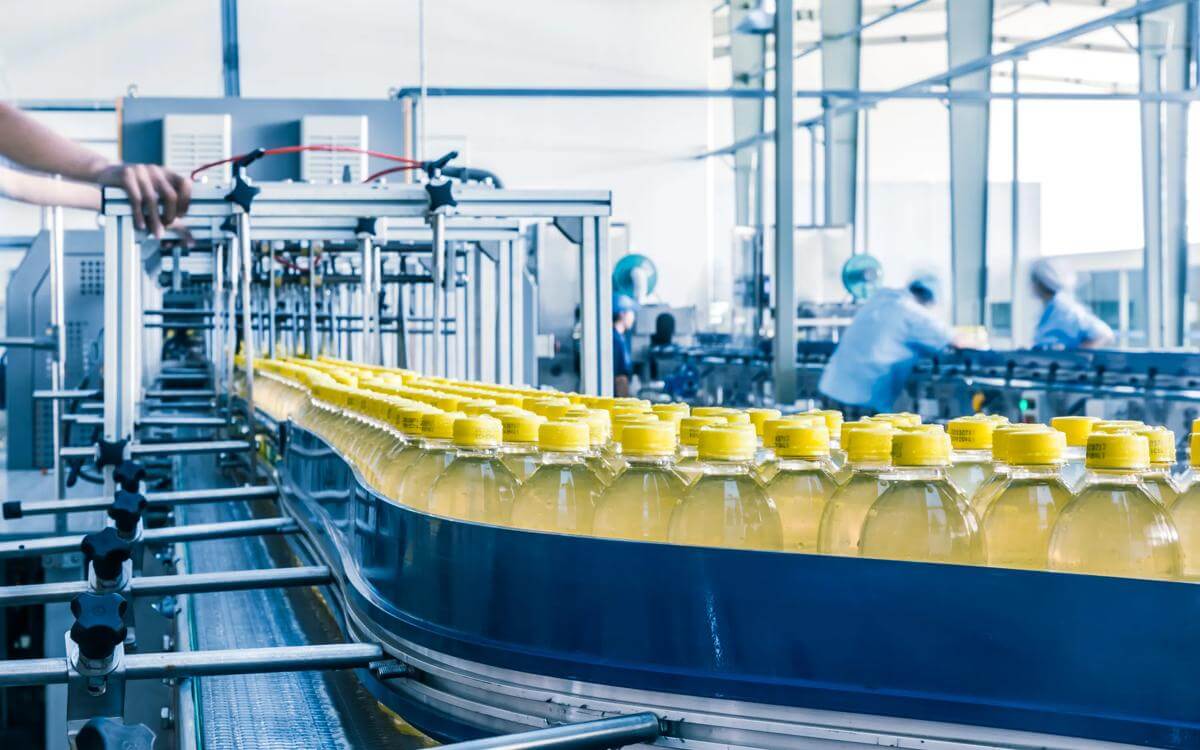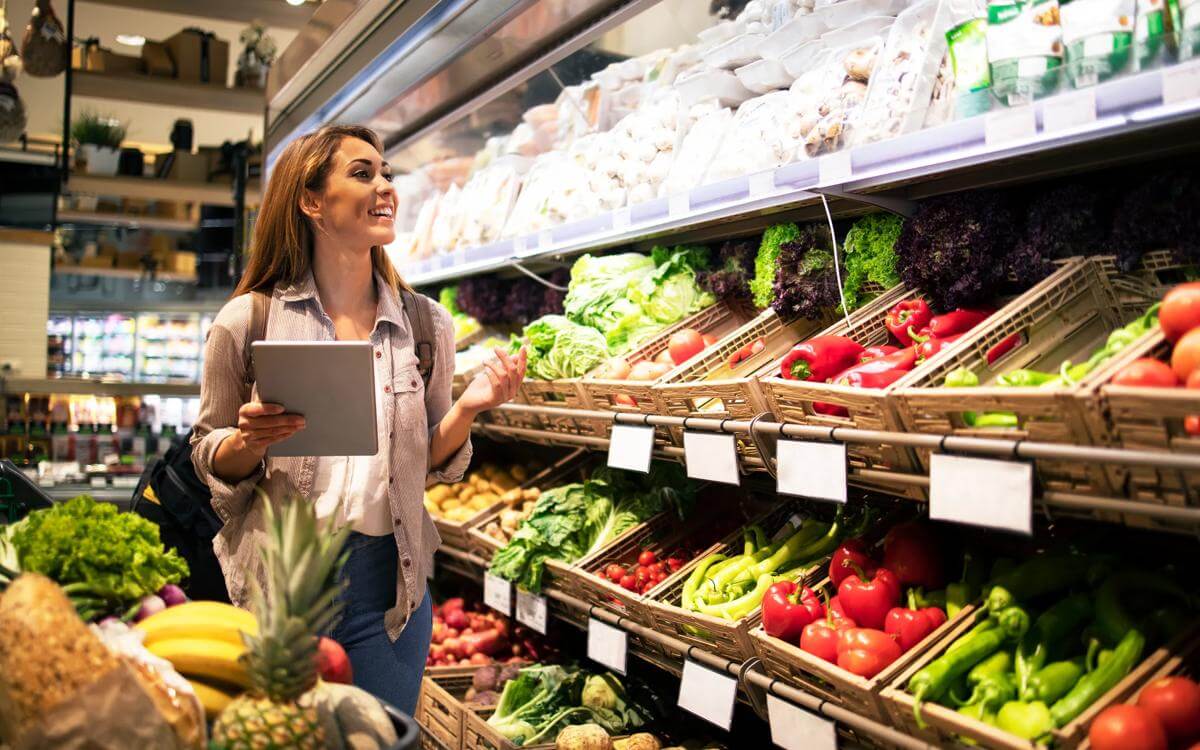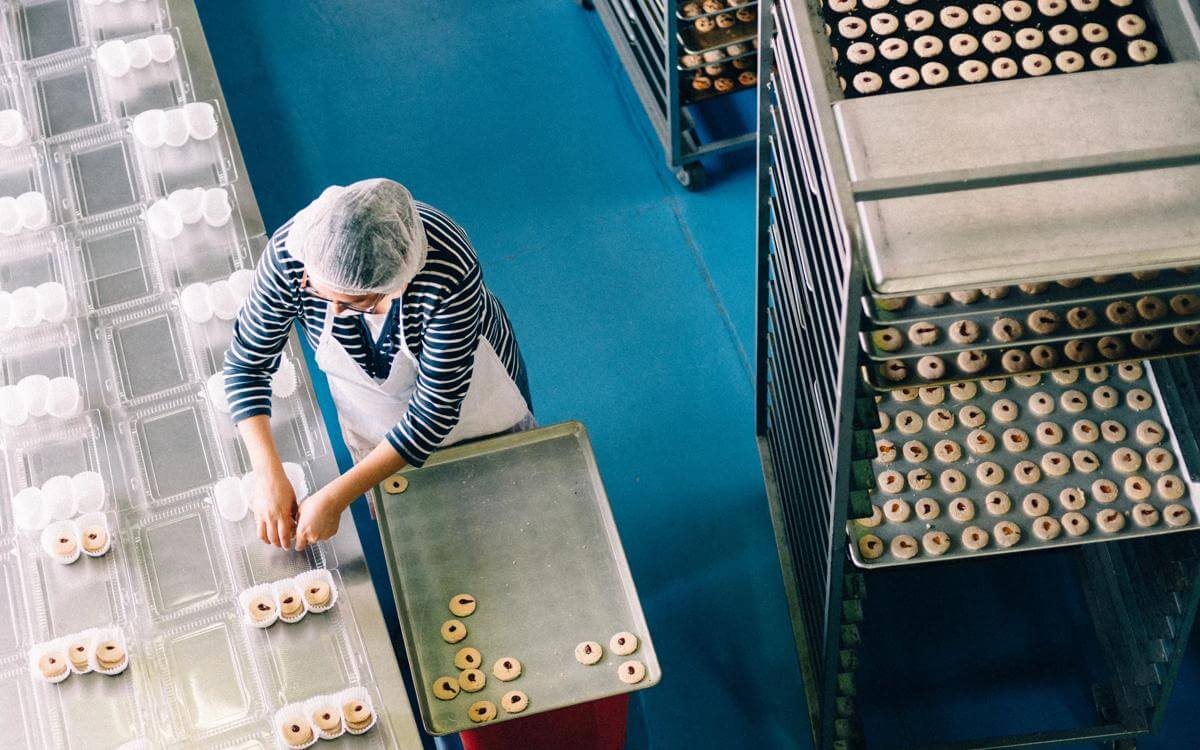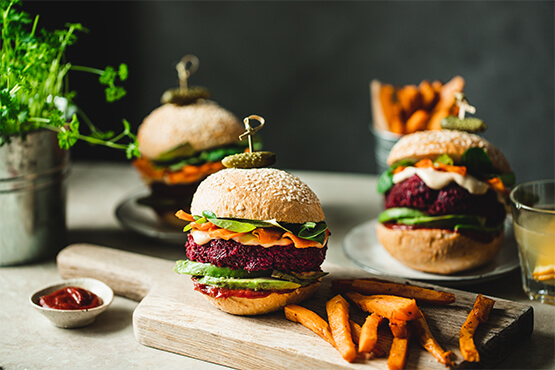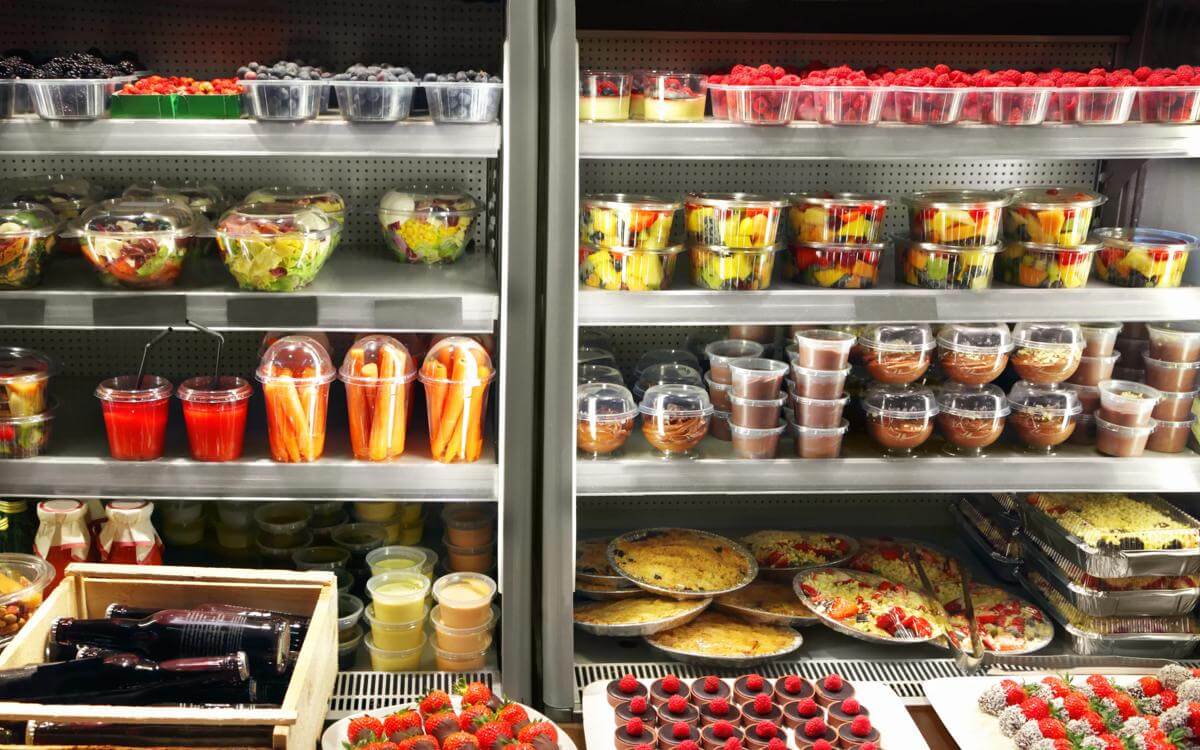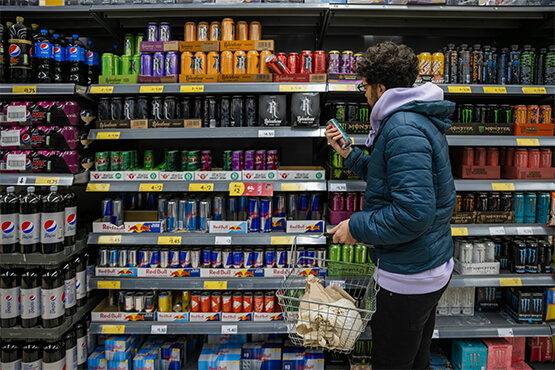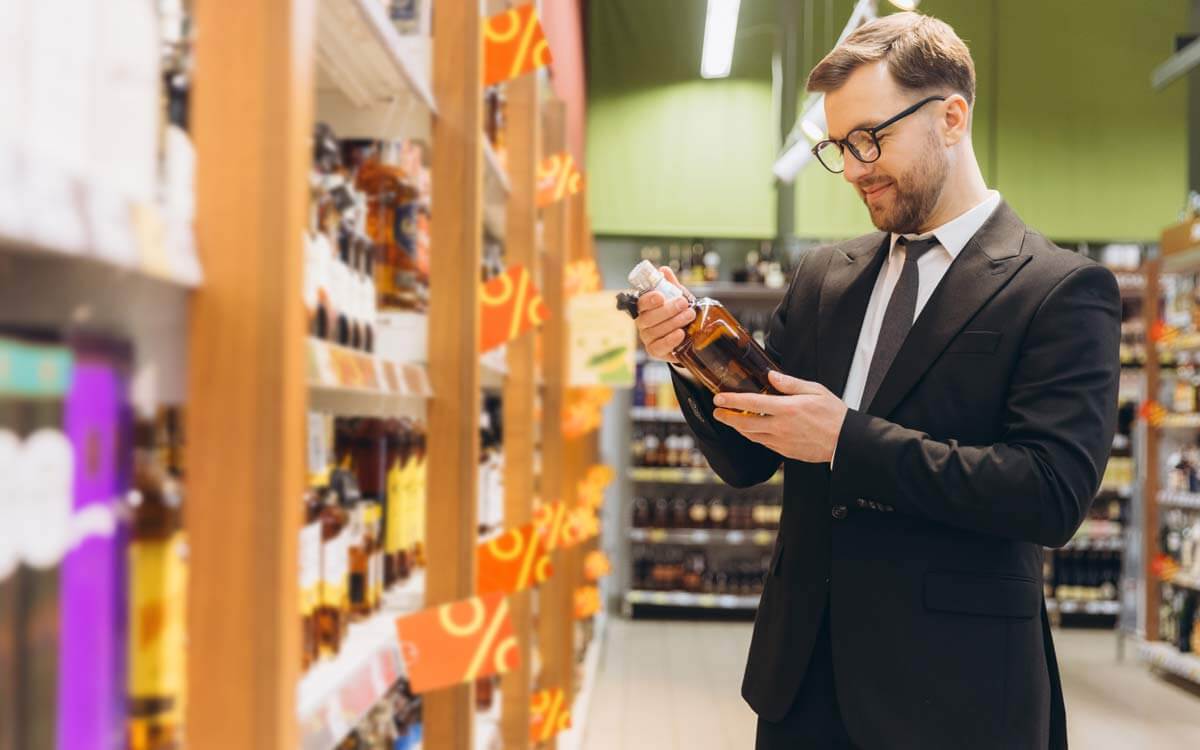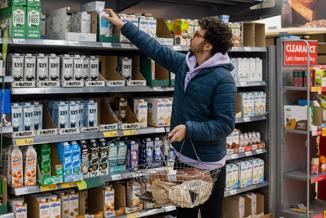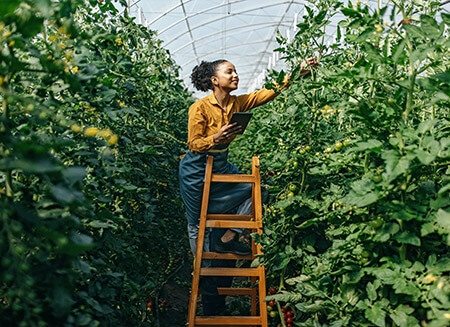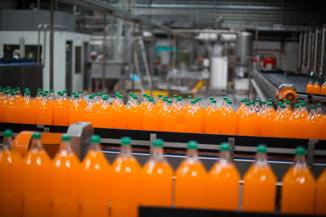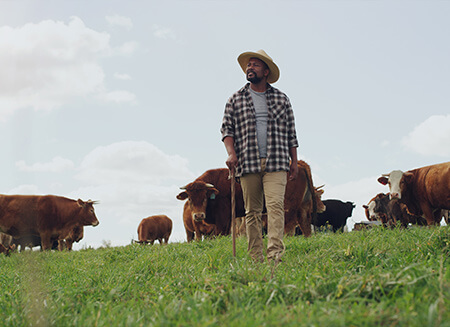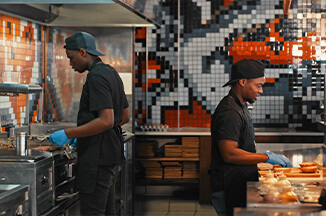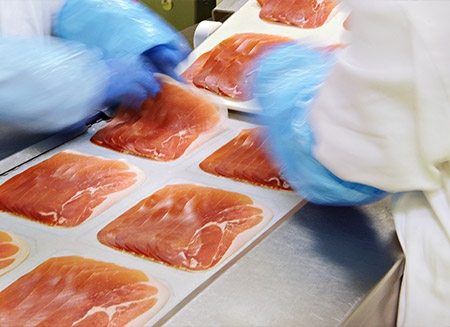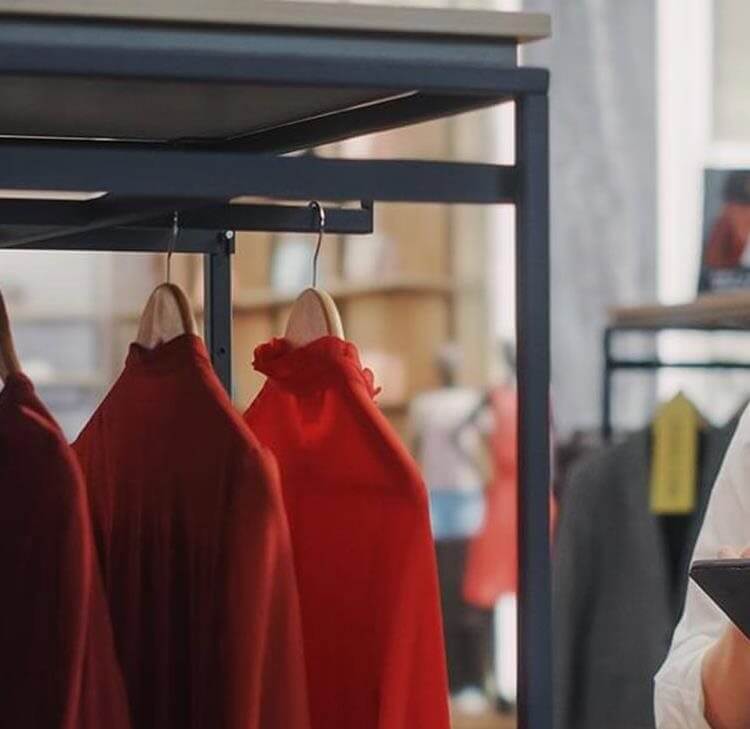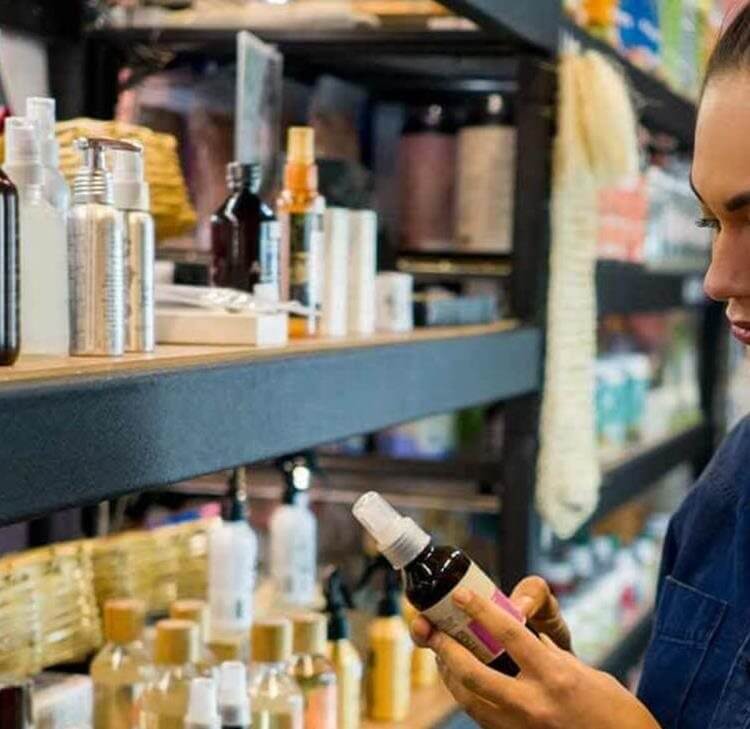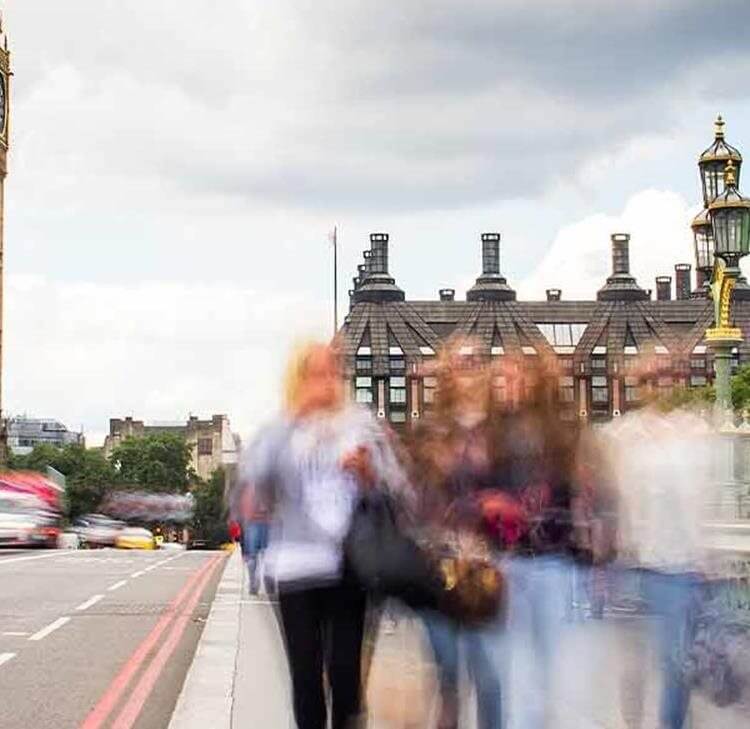The start of a new year brings with it the promise of fresh beginnings, and for many, this includes making healthier lifestyle choices. Every January, millions of individuals across the UK commit to a month of sobriety as part of the "Dry January" movement. Dry January raises critical questions about the broader regulatory landscape surrounding alcohol sales, advertising, and public health campaigns in the UK.
What have the recent regulatory changes meant?
In July we reported on the Advertising Standards Agency's (ASA) updated rules and guidance following the Government's consultation on updating the labelling guidance for 'no and low-alcohol' alternatives. That guidance now provides us with clear definitions of alcohol alternatives.
Alcohol alternatives are non-alcoholic drinks, at or under 0.5% ABV, that are intended to replace alcoholic drinks in contexts where they would normally be consumed. Products above 0.5% but below 1.2% ABV are considered 'low alcohol' and products above 1.2% ABV are considered standard alcoholic beverages.
What are the key changes:
- ABV limits must be marked on the drinks even where the ABV is 0.0%
- If a low or non-alcoholic drink shares a brand with alcoholic drinks care needs to be taken to ensure it is the alcohol alternative that is being promoted not the alcoholic brand – there is a risk that rules applying to alcohol promotions will bite if care is not taken
- Unsafe circumstances and consumption habits, such as driving after having a low or non-alcoholic drink, can feature in the advertisement for these alternative alcohol drinks as long as the product is prominently labeled
- For non-alcoholic drinks, those with an ABV of 0.0%, it is possible to depict pregnancy, but any advertisement must still be responsible and mut not condone or encourage the consumption of alcohol
- Any advertisement of low or non-alcoholic drinks must not be aimed or appeal to under-18s
The details of the updated guidance can be found on the ASA website, under Section 18 of the CAP (Committee of Advertising Practice) Code and Section 19 of the BCAP (Broadcast Committee of advertising Practice) Code.
The ASA has yet to rule on the interpretation of the updated CAP and BCAP codes and it will be interesting to see what they say in relation to what constitutes "prominent" when displaying the ABV, although it is apparent that footnotes and qualifications are unlikely to be considered suitable.
The new regime presents a challenge to brands particularly those with a rich pedigree associated with alcoholic drinks. All producers need to ensure that great care is taken to comply with the new codes to avoid and ASA investigation and ruling.
Age restricted sales
Although any drink with an ABV of 05%, or below, can legally be sold to anyone, including children it will be interesting to see if the government issues any guidance or even considers bringing in legislation to prohibit the sale of non-alcoholic drinks to under 18s.
It is completely at the discretion of retailers whether or not to allow the sale of non-alcoholic drinks to under 18s, but most leading food retailers, restaurants and bars have taken the decision to treat alcohol alternative drinks sales in exactly the same was as alcoholic drinks. In most cases retailers have applied the industry standard Challenge 25 policy to the sales of alcohol alternative drinks and train their staff that these drinks must be treated in the same way as alcohol sales. It remains to be seen if the Government will issue any guidance or consider a change in the law around the sale of these alcohol alternative drinks.
The future of alcohol alternative drinks
The growth of this market shows no signs of slowing down and the predictions for growth are impressive with many of the mainstream producers entering the market and making significant investment to launch new products.
The changes to the advertising in 2024 have brough the regulatory regime up to date with the new market but it will be interesting to see how the future regulatory framework may change in the coming years. We will keep you posted on any new developments.
Contents
- Dry January 2025: Legal considerations for manufacturers, hospitality and retailers
- Sobering thoughts: A look at the alcohol-alternative ad rules
- Rising demand for low and no alcohol alternatives: UK’s growing market and the challenges ahead
- Alcohol charity on the “Naughty List” for attempts to trade mark “DRY JANUARY”
- Dry January: Effects on the real estate and hospitality industry
- Considering the growing trends of mindful drinking
- Festive without the spirits: Embracing inclusivity at Christmas and social parties



